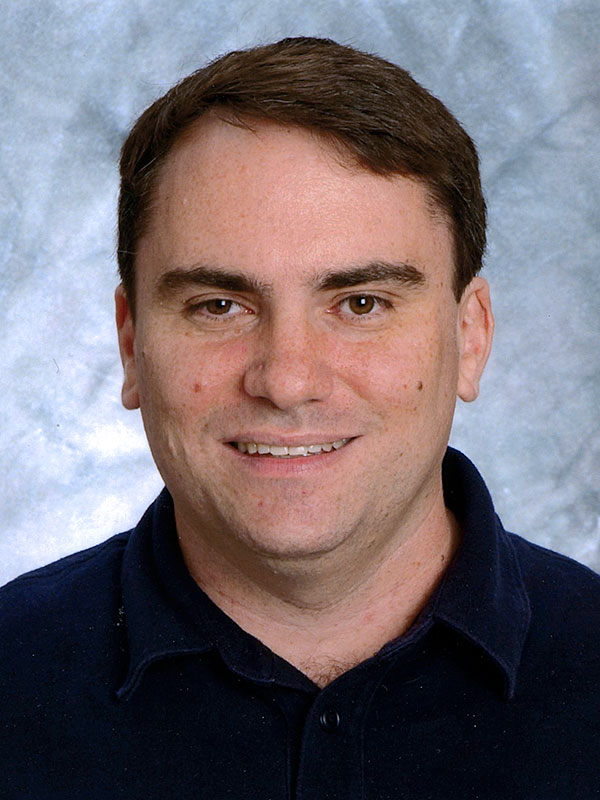
Christopher Quinn
Education
- Postdoctoral Fellow, Rutgers University, 2009
- PhD, Yale University, 2001
- BA, Rutgers University, 1996
Research Interests
Our lab is interested in the question of how neural circuits are formed during development. Failures in this process may underlie mental and neurological disorders such as Autism and Down Syndrome. In addition, it is widely believed that an understanding of the mechanisms that control neural circuit formation will lead to the development of therapies to promote regeneration after neural injury.
We are currently focusing on axon guidance, a key step in the formation of neural circuits. Axon guidance involves the navigation of axons through the developing nervous system to reach their synaptic targets. This process is mediated by the growth cone, a structure that sits at the tip of growing axons. The growth cone steers to its target by making a series of attractive and repulsive responses to extracellular guidance cues. Previous studies have been successful in identifying several axon guidance cues and receptors. However, much less is known about the intracellular machinery that enables the growth cone to sense and respond to directional information. An important, yet poorly understood, part of this response involves the establishment of asymmetry within the growth cone. To learn about how asymmetry is established, we are taking advantage of the powerful genetic analysis that is possible with the model organism C. elegans, and complementing this with biochemical and cell culture experiments.
We have identified MIG-10/lamellipodin as an intracellular scaffolding protein that is required for guidance and is asymmetrically localized within the neuron as it responds to extracellular guidance cues (See Figure 1). We have found that MIG-10 is asymmetrically recruited by an interaction with the Rac GTPase, a component of a highly conserved direction-sensing module (See Figure 2). We are currently taking advantage of these findings to build our understanding of how asymmetry is established within the growth cone.
Selected Publications (Click here for full publication list)
Drozd CJ, Chowdhury TC, Quinn CC. (2024) UNC-16 interacts with LRK-1 and WDFY-3 to regulate the termination of axon growth. Genetics, iyae053.
Chowdhury TA, Luy DA, Farache D, Lee ASY, Quinn CC (2023). Autism candidate gene rbm-26 (RBM26/27) regulates MALSU-1 to protect against mitochondrial dysfunction during axon development. bioRxiv2023.10.12.562060.
Drozd CJ, Quinn CC (2023) UNC-116 and UNC-16 function with the NEKL-3 kinase to promote axon targeting. Development, 150(18): dev201654.
Fischer NC, Friedman V, Martinez-Reyes MA, Hao H, Chowdhury TA, Starr DA, Quinn CC (2022) The ANC-1(Nesprin-1/2) organelle-anchoring protein functions through mitochondria to polarize axon growth in response to SLT-1. PLoS Genetics, 18(1010521).
Buddell T, Friedman V, Drozd CJ, Quinn CC (2019) An autism-causing calcium channel variant functions with selective autophagy to alter axon targeting and behavior. PLoS Genetics, 15(12): e1008488.
Xu Y, Quinn CC (2016) Transition between synaptic branch formation and synaptogenesis is regulated by the lin-4 microRNA. Developmental Biology, 420:60-66.
Xu Y, Taru H, Jin Y, Quinn CC (2015) SYD-1C, UNC-40 (DCC) and SAX-3 (Robo) function interdependently to promote axon guidance by regulating the MIG-2 GTPase. PLoS Genetics, 11(4): e1005185.
Xu Y, Quinn CC (2012) MIG-10 functions with ABI-1 to mediate the UNC-6 and SLT-1 axon guidance signaling pathways. PLoS Genetics, 8(11): e1003054.